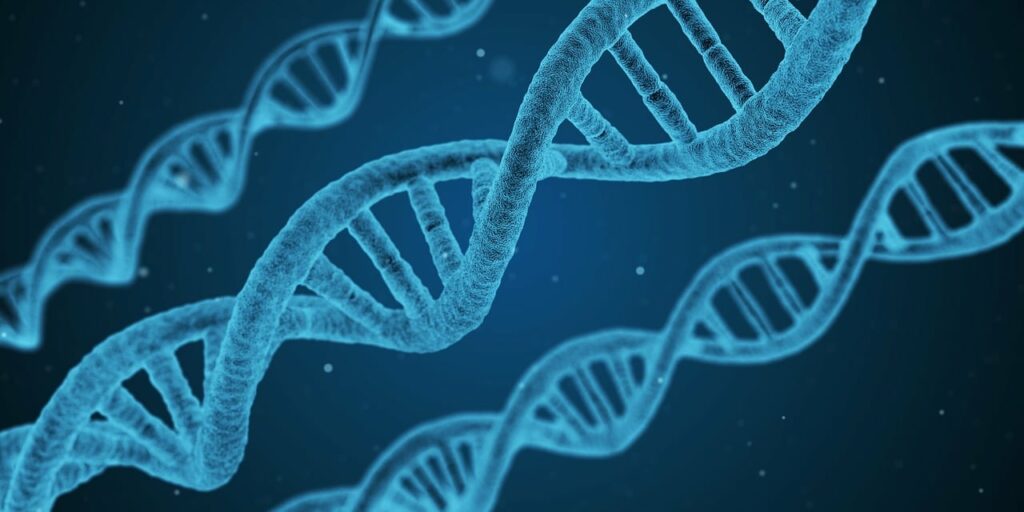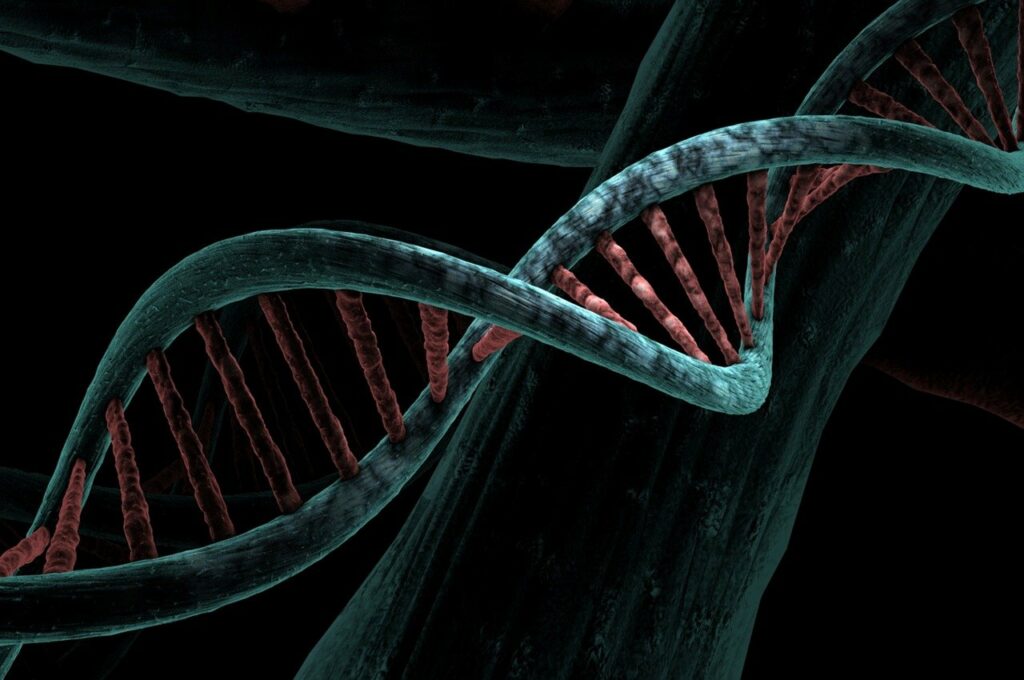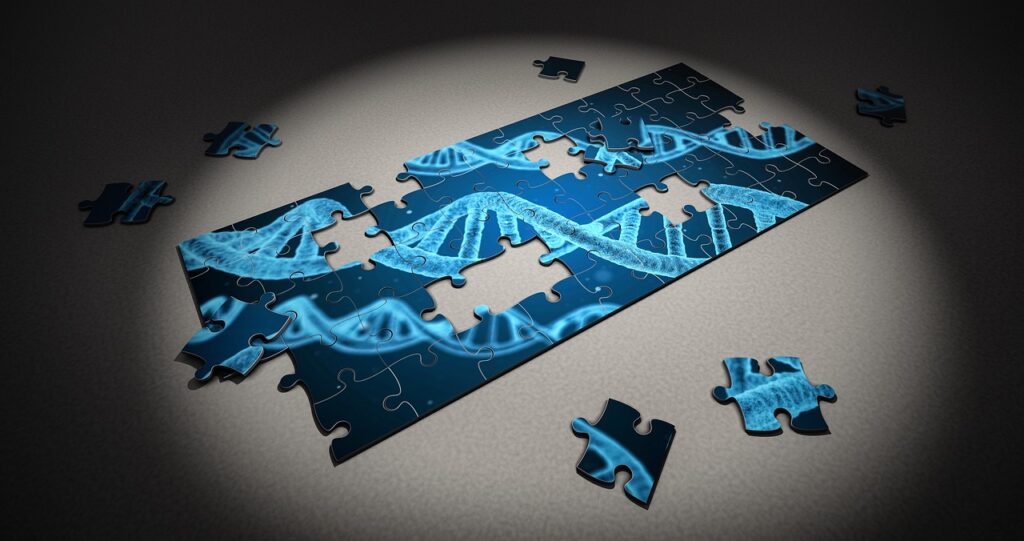
Geckos are renowned for their remarkable size variations, with some species measuring only a few centimeters in length while others can grow up to a foot long. These size differences have long intrigued scientists, prompting them to explore the underlying genetic factors responsible for such diversity. By studying the genetic influences on gecko sizes, researchers hope to unravel the intricate mechanisms that shape these reptiles and gain insight into the broader field of genetic variation. This article delves into the fascinating realm of gecko genetics, shedding light on the factors that contribute to the astonishing range of sizes observed in these captivating creatures.
Introduction
Geckos are a diverse group of reptiles that belong to the family Gekkonidae. Known for their ability to climb on various surfaces, geckos have fascinated scientists and enthusiasts alike. The study of gecko size variations is of paramount importance as it provides valuable insights into the role of genetics in shaping the morphology and evolution of these fascinating creatures.
Overview of Geckos
Geckos encompass a wide range of species that inhabit different regions around the world. There are over 2,000 known species of geckos, each presenting unique characteristics and adaptations to their respective habitats. From the vibrant colored day geckos to the cryptically patterned leaf-tailed geckos, gecko species exhibit remarkable diversity in their appearance and behavior.
Importance of Studying Gecko Size Variations
Understanding the variations in gecko sizes is crucial as it sheds light on the underlying genetic factors that contribute to these differences. By investigating the mechanisms responsible for gecko size variations, scientists can gain insights into the fundamental principles of growth and development. Moreover, studying geckos can provide valuable information about the broader field of evolutionary biology and the adaptive significance of size variations in different species.
Role of Genetics in Determining Size
Genetics plays a significant role in determining the size of geckos. The genes inherited from their parents influence various aspects of their morphology, including body length, weight, limb proportions, skull size, and tail length. By studying the genetic basis of size variations, researchers can unravel the intricate relationships between genes and phenotypic traits, thus contributing to our understanding of the genetic mechanisms underlying size determination in geckos.

Types of Geckos
Geckos encompass a vast array of species, each displaying unique characteristics and physical attributes. From tiny dwarf geckos that measure just a few centimeters in length to the colossal giant geckos that can reach over a foot in size, gecko species exhibit considerable variation in their sizes.
Identification of Size Variations Among Gecko Types
Different gecko types vary significantly in terms of size. Some species, such as the aptly named dwarf geckos, exhibit miniature proportions, while others, like the giant geckos, are much larger in comparison. These size differences are not random but are influenced by genetic factors that drive the growth and development of these lizards.
Influence of Genetics on Size Differences
The genetic makeup of geckos plays a critical role in shaping their size differences. By studying the heritability of size-related traits, scientists can determine the specific genes and genomic regions associated with size variations among gecko populations. This knowledge can provide valuable insights into the genetic architecture underlying size determination and the evolutionary forces shaping gecko sizes.
Morphological Traits Associated with Size Variations
Several morphological traits are associated with size variations in geckos. These traits include body length, weight, limb proportions, skull size, and tail length. Scientists have observed that as geckos grow in size, their body length and weight increase proportionally. Additionally, larger geckos tend to have longer limbs, larger skulls, and thicker tails compared to their smaller counterparts.

Genes and Genomic Regions Linked to Size
Researchers have identified candidate genes that are potentially linked to size variations in geckos. By analyzing the genetic variation within gecko populations, scientists have been able to pinpoint specific genes and genomic regions associated with size-related traits. Techniques such as Quantitative Trait Locus (QTL) mapping and association studies have enabled researchers to unravel the complex genetic networks that underlie gecko size differences.
Analysis of Genetic Variation in Gecko Populations
Studying the genetic variation within gecko populations provides valuable insights into the mechanisms of size determination. By analyzing the DNA of geckos from different regions and habitats, scientists can identify genetic variants that are associated with size differences. This knowledge helps in understanding the underlying genetic mechanisms that contribute to gecko size variations and their adaptive significance.
Quantitative Trait Locus (QTL) Mapping
Quantitative Trait Locus mapping is a powerful technique used to identify specific regions of the genome that are associated with size-related traits in geckos. By combining genetic information with phenotypic data, scientists can identify the genomic regions that contribute to size differences. This approach has proven to be instrumental in elucidating the genetic basis of size variations and providing insights into the evolutionary forces driving gecko size evolution.
Association Studies and Genome-wide Scans
Association studies and genome-wide scans provide a comprehensive view of the genetic factors influencing gecko size variations. By examining the entire genome of geckos, researchers can identify genetic variants that are associated with size-related traits. These studies have led to the discovery of novel genes and genomic regions that contribute to gecko size determination, shedding light on the complex interplay between genetics and morphology.

Growth Hormones and Size Determination
Growth hormones (GH) play a crucial role in gecko size determination. Genetic factors can influence the production and regulation of growth hormones, thereby affecting gecko growth rates and final size. Understanding the genetic factors that influence GH production and signaling pathways can provide valuable insights into the mechanisms underlying gecko size variations and their evolutionary significance.
Other Hormonal Pathways Affecting Gecko Growth
Apart from growth hormones, other hormonal pathways also play a role in gecko growth. Hormones such as thyroid hormones and insulin-like growth factors contribute to the regulation of growth and development in geckos. The interplay between these hormonal pathways and genetic factors adds another layer of complexity to the study of gecko size variations, highlighting the multifaceted nature of size determination in these reptiles.
Evolutionary Significance of Size Variations
Size variations in geckos have significant evolutionary significance. Selective pressures, such as predation and competition, can drive the evolution of different sizes in gecko populations. Larger geckos may have certain advantages, such as improved survival rates and the ability to displace competitors, while smaller geckos may possess camouflage abilities, granting them protection from predators. Understanding the evolutionary forces that shape size variations provides valuable insights into the adaptive strategies employed by geckos in different habitats and environments.
Adaptations to Different Habitats and Environments
Gecko size variations can be attributed to their adaptations to different habitats and environments. Geckos that inhabit dense vegetation, for example, may be smaller to navigate through the foliage efficiently. On the other hand, geckos living in open habitats might have larger body sizes to enhance their thermoregulation capabilities. By studying the size variations across gecko species, scientists can gain insights into the adaptive strategies employed by these lizards to survive and thrive in their respective environments.
Survival Advantages Conferred by Size Differences
Size differences in geckos confer specific survival advantages. Larger geckos may have a higher capacity to capture prey, defend territories, or mate successfully. Smaller geckos, on the other hand, may be more agile and better equipped to exploit microhabitats and avoid predation. These size-related advantages contribute to the overall fitness and reproductive success of gecko populations, shaping their evolutionary trajectories.
Environmental Factors Interacting with Genetics
While genetics plays a significant role in determining size, environmental factors also interact with genetic factors to influence gecko size variations. Temperature, for instance, can influence growth rates and affect the final size of gecko individuals. Additionally, food availability and diet can impact the nutrition and growth of geckos, contributing to size differences within and between populations. Understanding the interplay between genetic and environmental effects is crucial for comprehensively studying gecko size variations.
Influence of Temperature on Gecko Size
Temperature is a crucial environmental factor that influences gecko size. In reptiles, including geckos, temperature has a profound impact on growth rates and developmental processes. Warmer temperatures generally result in faster growth and larger overall body sizes, while cooler temperatures may lead to slower growth and smaller sizes. This environmental influence on gecko size adds another layer of complexity to the genetic mechanisms underlying size determination.
Role of Food Availability and Diet
The availability of food and the nutritional composition of the diet can significantly affect gecko growth rates and size. A diet rich in nutrients can support optimal growth and development, resulting in larger geckos. Conversely, limited food availability or poor nutritional quality can lead to stunted growth and smaller sizes. The interplay between food availability, diet, and genetic factors further underscores the multifactorial nature of gecko size variations.
Interplay Between Genetic and Environmental Effects
Gecko size variations are not solely determined by genetics or environmental factors but rather by the complex interplay between both. Genetic factors set the foundation for size determination, while environmental factors shape the expression of these genetic traits. The interaction between genetics and the environment results in the wide range of sizes observed among gecko populations, highlighting the dynamic nature of size variations in these reptiles.
Genetics of Dwarfism and Gigantism in Geckos
In addition to the typical size variations observed within gecko populations, there are unique cases of dwarfism and gigantism. Dwarf geckos exhibit miniature proportions compared to their relatives, while giant geckos can reach exceptionally large sizes. These extreme cases of size variations are often associated with specific genetic mutations that disrupt the normal growth and development processes. Studying these genetic mutations provides valuable insights into the mechanisms controlling size determination in geckos.
Understanding Dwarf and Giant Gecko Species
Dwarf and giant gecko species present intriguing opportunities for studying the genetic basis of extreme size variations. By comparing the genomes of these species with their normal-sized counterparts, scientists can identify the genetic mutations responsible for their dwarf or giant phenotypes. Understanding the underlying genetic mechanisms associated with these extreme sizes can provide valuable insights into the broader field of growth and development in reptiles.
Genetic Mutations Associated with Extreme Sizes
Genetic mutations play a pivotal role in the development of extreme sizes in geckos. Variations in genes involved in growth hormone regulation, skeletal development, and metabolic processes can lead to the dwarf and giant phenotypes observed in certain gecko species. These genetic mutations disrupt the normal mechanisms of size determination, resulting in the extreme size variations that have captivated researchers and enthusiasts alike.
Implications for Studying Size Variations
The study of size variations in geckos has far-reaching implications across various scientific disciplines. By understanding the genetic basis of size determination, scientists can shed light on the fundamental principles of growth and development. Additionally, knowledge of gecko size variations can inform conservation efforts by providing insights into population dynamics and preservation strategies. Furthermore, the genetic mechanisms underlying size variations in geckos may have broader implications for biomedical research and applications.
Comparative Studies on Size Variations
Comparative studies on size variations among gecko species and related lizard families offer valuable insights into the evolutionary constraints and opportunities for size evolution. By examining size differences across different reptile taxa, scientists can identify common trends and patterns in size determination. These comparative studies provide a more comprehensive understanding of the genetic and environmental factors shaping size variations in geckos and their relatives.
Exploring Size Differences in Related Lizard Families
Geckos are part of a broader group of lizards that exhibit size variations. By exploring size differences in related lizard families, scientists can gain insights into the shared genetic and environmental influences on size across different lineages. Comparisons between geckos and other lizard groups can provide a broader perspective on the evolutionary forces driving size variations and the adaptive significance of different size-related traits.
Insights into Evolutionary Constraints and Opportunities
Studying size variations in geckos offers valuable insights into the evolutionary constraints and opportunities shaping the diversity of life. By deciphering the genetic and environmental factors that contribute to size variations, scientists can unravel the complex interplay between selection pressures, genetic architecture, and environmental conditions. These insights contribute to our understanding of the adaptive strategies employed by organisms to thrive in various habitats and environments.
Understanding the Genetic Basis of Size Variations
Understanding the genetic basis of size variations in geckos has long been a goal of scientists in the field of evolutionary biology. By unraveling the complex genetic networks that underlie size determination, researchers can gain insights into the molecular mechanisms shaping phenotypic variation. This knowledge not only contributes to our understanding of gecko biology but also has broader implications for the study of growth and development in diverse organisms.
Conservation Implications and Preservation Strategies
Studying gecko size variations has direct implications for conservation efforts. By understanding the genetic factors that contribute to size differences within and between gecko populations, scientists can develop conservation strategies aimed at preserving genetic diversity and promoting the long-term viability of these reptiles. This knowledge can inform habitat management, captive breeding programs, and efforts to combat threats such as habitat loss and climate change.
Potential for Biomedical Research and Applications
The genetic mechanisms underlying size variations in geckos may have broader applications in biomedical research. Size-related genes and pathways identified in geckos could provide valuable insights into human growth and development disorders. Furthermore, geckos’ unique ability to regenerate lost tissue, including their tails, holds potential for studying regenerative medicine and tissue engineering. Exploring the genetic basis of gecko size variations may unlock novel avenues for biomedical research and applications.
In conclusion, the study of gecko size variations provides valuable insights into the role of genetics in shaping the morphology and evolution of these intriguing reptiles. By examining the genetic factors, environmental influences, and evolutionary constraints associated with size, scientists can unravel the complex interplay between genes and phenotypic traits. This knowledge not only enhances our understanding of gecko biology but also has broader implications for the fields of evolutionary biology, conservation, and biomedical research.

